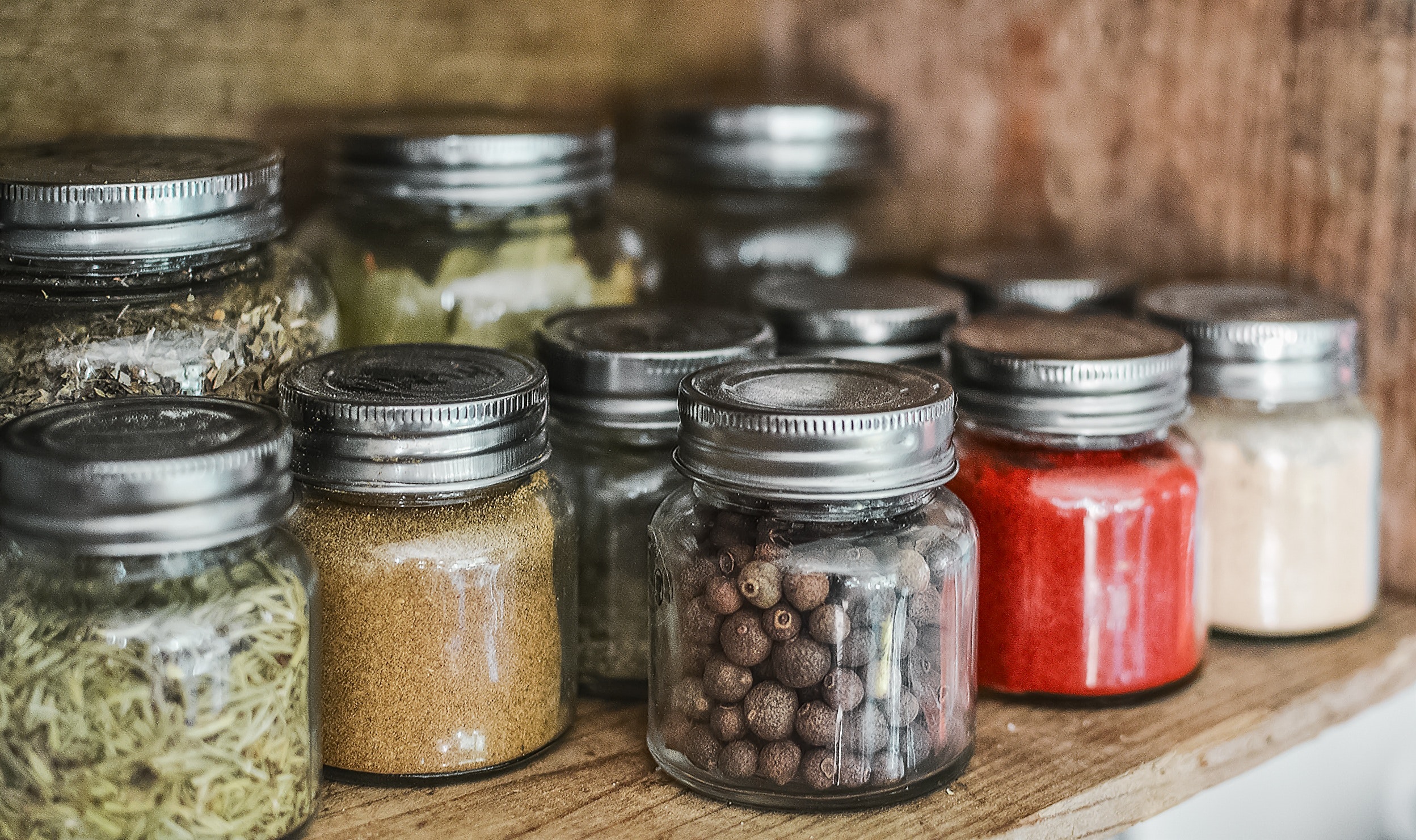Bottled and jarred packaged goods are an essential part of our economy. They’re convenient, lightweight, and easy to transport. Plus, they come in various flavors and styles that appeal to many consumers. That being said, bottled and jarred goods also have some significant drawbacks. First, they’re often filled with artificial ingredients and fragrances that can harm your health. And because they’re packaged in small containers, they can also contain high toxins. If you care about your health and the environment, it’s essential to be aware of the consequences of bottled and jarred goods. Read on to learn more about how you can make a difference.
What Are Bottled and Jarred Packaged Goods?
Bottled and jarred packaged goods are products that are either bottled or jarred. These products can be found in various stores, such as grocery stores, convenience stores, and drugstores.
One type of bottled product is water. Water is usually bottled in plastic containers that are often clear or colorless. Some water bottles have a lid that can be screwed onto the bottle. Water bottles can also come with a straw to make drinking easier.
Another type of bottled product is juice. Juices are often sold in plastic containers that have a lid. Liquids can also come in cans or cartons. Cans of juice often have a spout for easy pouring and a cover that can be popped off to drink the juice straight from the can. Cartons of juice typically have four sections: one for the pulp, one for the liquid, one for the sugar, and one for the pulp-and-juice mix.
Jarred products include fruit juices, yogurt, oatmeal, soup, and cereal. Jarred products are usually packaged in glass jars or plastic pouches. These products come with a lid that screws onto the jar or bag. Jarred products also come with a label that identifies the contents of the pot or pouch.
The History of Bottled and Jarred Packaged Goods
The history of bottled and jarred packaged goods can be traced back to the early 1800s when glass containers were invented. This new packaging material enabled merchants to sell their products more efficiently without customers needing to carry around bulkier materials. The first commercially bottled water was created in 1808 by John Pemberton. Today, bottled water is one of the most popular packaged goods on the market, accounting for nearly a third of all grocery store sales.
Jarred food products became popular in the 1920s when vacuum-sealed cans began to be developed. These cans made it possible to preserve food items at high temperatures, which resulted in a decrease in spoilage and an increase in shelf life. Today, jarred foods are widely used worldwide and account for over half of all grocery store sales.
One of the biggest challenges faced by manufacturers when creating jarred food products is ensuring that they remain fresh and tasty for an extended period. To solve this problem, many companies use additives such as preservatives or flavorings to prolong the shelf life of their products.
The Different Types of Bottled and Jarred Packaged Goods
There are a variety of types of bottled and jarred packaged goods that are available on the market today. Each class has unique features and benefits that make it suited for a specific kind of customer.
Bottled water products come in different flavors and styles, from flavored sparkling waters to light beers. They are perfect for refreshment on the go or as an addition to a healthy diet.
Beer is one of the most popular bottled and jarred packaged goods. It is available in various styles, from light beers to dark stouts, with over 120 brands in the United States alone. Beer can be enjoyed anytime, whether relaxing after work or celebrating a special occasion.
Canned food products are another popular type of bottled and jarred packaged goods. Canned food can be eaten just as it is or used for cooking recipes. There are wide varieties of canned food products, including soups, beans, chili, tuna fish, fruits and vegetables, and more.
Canned food products are great when you have a quick meal or want to cook something simple but delicious. They also make great gifts because they can be stored indefinitely without worrying about spoilage.
Chips and salsa are other popular bottled and jarred packaged goods that can be eaten straight out of the package or used in recipes. Chips and salsa can be enjoyed as snacks or as a meal.
Pros and Cons of Bottled and Jarred Packaged Goods
Bottled and jarred food items are convenient for quick meals, but they can be more expensive than fresh foods. Packaged food often contains more preservatives and artificial ingredients than fresh foods, which can lead to health problems down the line. Additionally, some people feel that plastic packaging harms the environment.
What to Look for When Buying Bottled or Jarred Packaged Goods
When shopping for bottled or jarred packaged goods, read the label to identify ingredients and contact the manufacturer with any questions. Generally, foods canned or packaged in a jar should be safe to eat if stored at room temperature. Foods that are boxed or shipped in a refrigerated truck may be unsafe to eat if sitting in a hot truck. Additionally, check the expiration date on the package and use it as a guide when purchasing food items.
Conclusion
As the holidays get closer, many of us will be stocking up on packaged goods in preparation for friends and family. But before you do, knowing what you’re getting yourself into is essential. Many of these products are produced using harmful ingredients and processed in ways that can damage your health. Bottled water is an excellent example of this–most tap water is just as healthy, if not healthier, than many bottled alternatives. Consider buying fresh produce or homemade versions if you want packaged goods this holiday season. You’ll not only save money but also support sustainable practices that will benefit your wallet and the environment!



